
Our Office
Arusha Tanzania
Hotline
+255 689 140 127
Email us
info@arisisafaris.com

Arusha Tanzania
+255 689 140 127
info@arisisafaris.com
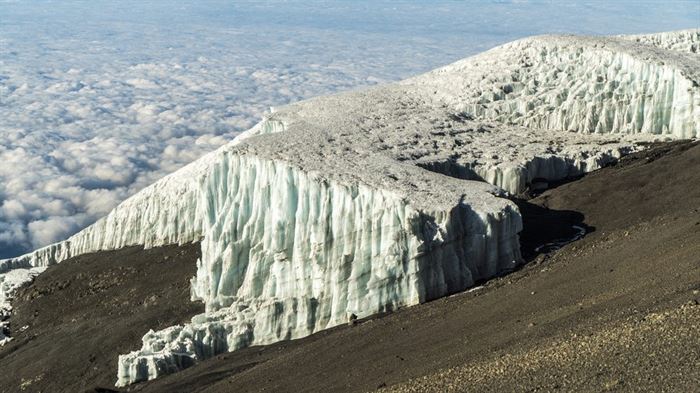
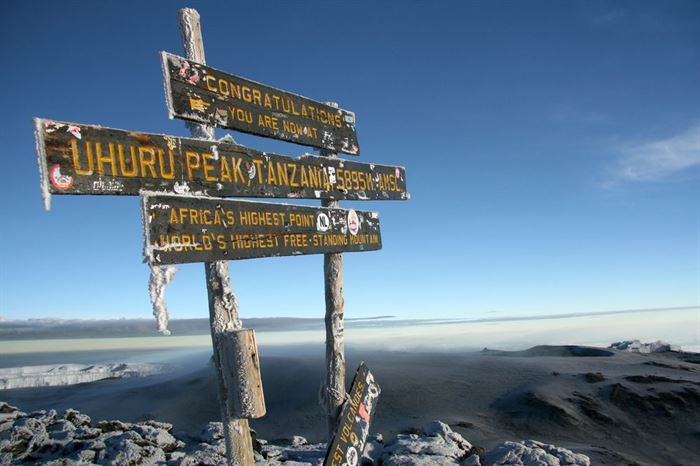
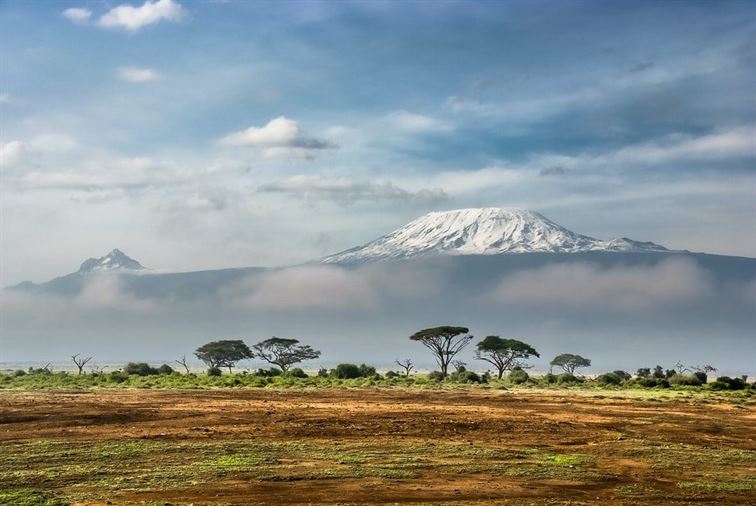
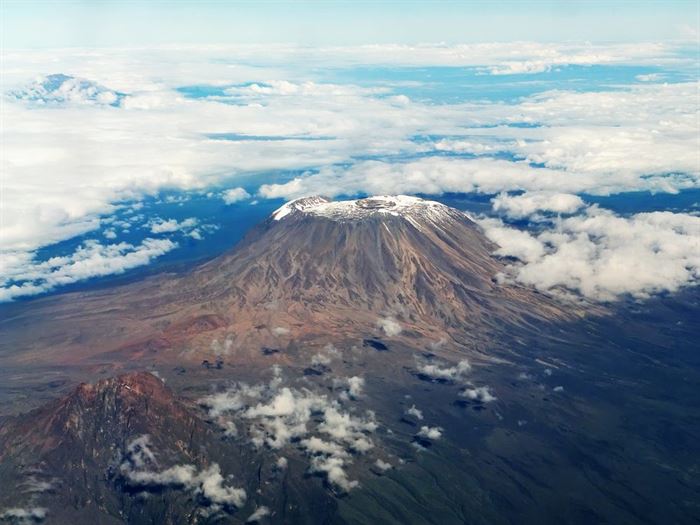
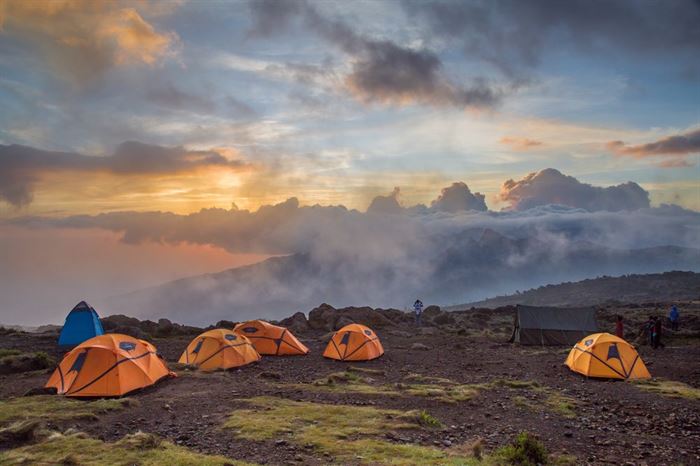
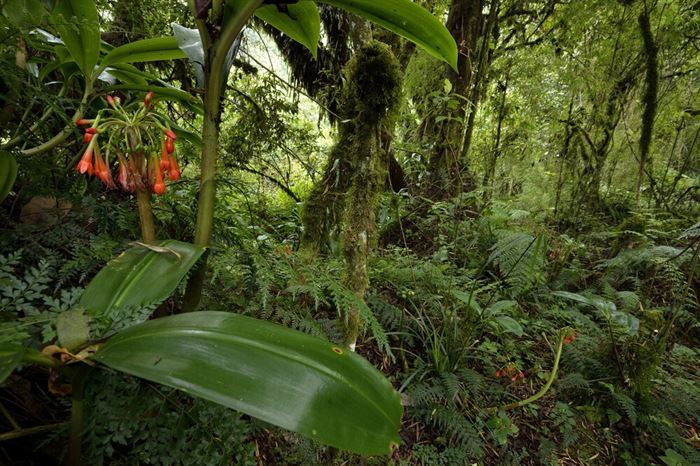
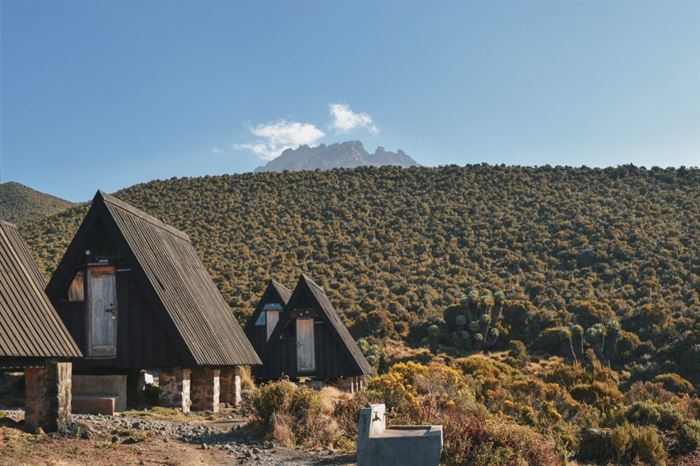
Need help with booking? Send Us A Message
Northern Circuit-This is also a new and longest route up to Mt. Kilimanjaro, because of its length, the Northern Circuit has the highest summit success rate. This route follows the Lemosho route for the first two days, when crossing the Shira Plateau the route changes and follow the northern circuit instead of going through the most popular southern circuit via Barranco valley which is used by many routes. The Northern Circuit takes a minimum of 8 days, but 9 days option is also preferred for better acclimatization.
You will be met on arrival and transfer to a standard hotel in Arusha/Moshi, on Bed & Breakfast. This day a pre-trek briefing will be given by your lead mountain guide.
Your trekking equipment will also be checked; you have an option to rent any other needed equipment for your trek.
Elevation: 2389m/7838ft to 2785m/9137ft
Altitude gained: 396m
Departing from Moshi a 3 hours drive will take you through welcoming mountainside villages to the Kilimanjaro National Park Gate. We will patiently wait for our permits to be issued while watching the hustle and bustle of operations as many crews prepare for the journey ahead Enjoy the beautiful rainforest scenery and windy trails while your guide tells you about the local flora and fauna and natural wildlife. At these lower elevations, the trail can be muddy and quite slippery. We highly recommend gaiters and trekking poles here.
On Mt Kilimanjaro
Altitude gained: 719m
You will spend the first-hour trekking through the last section of rainforest path before entering the low alpine moorland zone which follows up onto the Shira Plateau. The trek is relatively short and gradual, ending at Shira Camp 1 (3,504 meters).
Distance: ~7.9km / 5 miles
Trekking time: 5-6 hours
Zone: Rainforest / Low Alpine Zone
Altitude gained: 657m
A long trek heading east which passes through the ‘Garden of the Senecios’ and then enters the high alpine desert zone. The morning is spent trekking up to Lava Tower and the iconic Shark’s Tooth rock formation at 4,600 meters, where you will have lunch. After lunch, you will join the northern circuit heading down to Moir Camp at 4,161 meters (see map above). This is an important day in your trek as you will get to experience high altitude and then sleep low, which is good for the acclimatization process.
Distance: ~ 9.8km / 6.1 miles
Trekking time: 5-7 hours
Zone: Low alpine zone / High alpine zone
Altitude loss: 122m
Today it involves a moderately steep climb out of Moir Valley. Trekkers can take a small detour here to climb the summit of Little Lent Hill at 4,375 meters before returning to the Northern Circuit trail. From here the route follows a series of inclines and declines, skirting around the northern slopes of Kibo to Buffalo Camp (4,033 meters). The trek gives great vistas out across the plains that lie north of Kilimanjaro and stretch out to the Kenyan / Tanzanian border. You will arrive at Buffalo Camp just after midday, where you will have lunch and have time to rest after a long day hiking.
Distance: ~9.2km / 5.8miles
Trekking time: 5-7 hours
Zone: High alpine zone
Altitude lost: 97m
Starts with a climb up the Buffalo Ridge and down into Pofu Camp where lunch is usually served. The route then continues east around the northern slopes to the Rongai Third Cave at 3,936 meters. The trek is shorter than the day before and by now you should be feeling well acclimatized to the altitude. You will arrive at the Third Cave just around mid-afternoon.
Distance: ~6.8km / 4.3miles
Trekking time: 5-7 hours
Zone: High alpine zone and low alpine zone
Altitude gained: 781m
Today it involves a steady incline up and over the Saddle which sits between the peaks of Kibo and Mawenzi Peak. Trekkers then continue walking south-west up to School Hut (4,800 meters). After arriving at School Hut you will be served an early dinner and then you should get some shut-eye as you will be awoken before midnight to start your summit attempt. Remember to prepare all your gear, including warm clothes, insulated water bottles, snacks, headlamp, and camera before going to bed.
Distance: ~4.8km / 3miles
Trekking time: 4-5 hours
Zone: High alpine zone and glacial zone
Altitude gained: 1178m
Altitude lost: 2068m (descent)
You will be awoken around 11:30 with hot tea and biscuits and will then begin the steep incline up to the slopes of Kibo under the cover of darkness. Your first check-point is Hans Meyer Cave where you will take a short break. The climb steepens as you approach Gilman’s Point (5,681 meters), which will be around 5-6 hours after departing School Hut. Take a moment to enjoy the approaching dawn and incredible view out and across to Mawenzi Peak, but remember you still have 2 hours trekking to reach Uhuru Peak so dig deep for the energy. The slope flattens as you head west around the crater rim and you should arrive at the summit at or just after sunrise. Your stay here will be brief so get as many pictures as you can of the incredible views and surrounding glaciers. You will then retrace your steps back around the crater rim to Stella Point (5,739 meters) where you will turn south and head down the heavily screed slopes of Kibo to Barafu Camp (4,680 meters). Most trekkers take a short break here before continuing down to Millennium Camp (3,950 meters) for your final night on the mountain. In total, you will be trekking for 14-16 hours on day eight so it is important to pace yourself, remain hydrated and keep your blood sugar levels up. Note: some tour operators return via Gilman’s Point to Horombo Hut using the Marangu Route.
You will be awoken around 11:30 with hot tea and biscuits and will then begin the steep incline up to the slopes of Kibo under the cover of darkness. Your first check-point is Hans Meyer Cave where you will take a short break. The climb steepens as you approach Gilman’s Point (5,681 meters)
Distance: ~5.9km / 3.7 miles ascent and 8.4km / 5.2 mile descent
Trekking time: 6-8 hours ascent and then 4-6 hour descent
Zone: Glacial zone and all preceding zones
We make our descent going straight down to Mweka Camp, which is situated in the upper forest. The trail is very rocky and can be quite hard on the knees; trekking poles are helpful. Later in the evening, we have our last dinner on the mountain.
Today after breakfast your transfer driver will pick you up and drive to Kilimanjaro airport for your return flight, Breakfast.
The inclusions and exclusions vary by tour. Each tour has its specific set of inclusions and exclusions. Please refer to the individual tour page to see what is specifically included in that tour.
Many texts state that Kilimanjaro is “easily accessible”. However, you should not underestimate this mountain. There are no technical mountaineering skills required, but general fitness is necessary. However, the biggest problem for climbers is the effects of high altitude, which seem to be unrelated to fitness, age, or gender.
It is a good idea to start some physical training prior to the trek, which might include aerobic cross training and hiking to familiarise your body with the rigors of the trek. The fitter you are, the easier the climb will be for you. Determination and will power is another important factor.
Please use the main menu on the left to browse through our section “Resources>Health information for Kilimanjaro climbers”.
On camping trips, all equipment will be provided except for a 4-season sleeping bag. You do not need to provide any other camping gear; only personal belongings. See our Kilimanjaro packing list and Safari packing list.
It should be noted that the luggage limit per person on domestic flights is 15-20 kg per person (checked-in and hand luggage).
On your inbound flight, don’t check in items that you absolutely need (such as medicines), as it is not uncommon that checked-in luggage gets misdirected and arrives in Tanzania a couple of days after you. It is better to have such items in your hand luggage.
preference, let us know, and we will offer alternatives from our vast network of company-owned and partner accommodations. Booking with us allows you to enjoy discounted rates as we have special agreements with our partners.
Around 80% of climbers choose the Marangu Route (5 or 6 days), which is commonly referred to as the “Tourist” or “Coca Cola” Route. The rest usually goes for the Umbwe, Rongai, or Machame Route (6 or 7 days). The other two routes (Shira and Lemosho) are far less frequented and therefore allow for a more remote and natural experience.
Please note that many of the routes meet on a mid-way point and there are only three routes to the summit.
Please see our route comparison table, read the descriptions of the routes, and ask us if you have any questions.
Kilimanjaro can be climbed throughout the year.
January to March is a very good month with mild temperatures and almost no clouds in the morning and late afternoon. During the day, however, there might be few short rain showers or little snow on the summit. The main rainy season starts end of March and lasts until the end of May. For Kilimanjaro climbers, this means that clouds may block visibility and there might be heavy rains on the lower altitudes and snow on the summit. June, July, and August can be cold, but visibility is usually very good. Temperatures rise in September and October, however, during this time of the year, there is often a belt of mist on the middle altitudes, leaving the summit’s peak through the clouds. November and December usually have perfect visibility in the nights and morning, but short rains during the day and thunderstorms in the late afternoon are common.
For Kilimanjaro climbers, a factor to take into account is the full moon – it is a unique experience to climb the roof of Africa lit under the shining moonlight only without having to use headlights.
Where can I get a visa for Tanzania?
Where in Tanzania is Moshi/Kilimanjaro and how do I get there?
Who will be my guide?
Will I be able to speak to people in English in Tanzania?
The official and spoken languages of the country are Swahili and English. Many people have English as their second language as they were taught this at school. All Tanzanian working in the tourism field can communicate in English.
In the countryside, or when communicating with children, local women, or individuals of lower school education, it might, however, be difficult to speak in English.
It is appreciated by locals if travelers can speak some words in Swahili. A few words are surprisingly easy to master. It is a good idea to spend a few dollars to purchase a Swahili phrasebook.

Arisi Safaris is a tour operation company registered in Tanzania. We do our tours in Tanzania, Kenya, Uganda, Rwanda and other countries in Africa.
Give Us A Call
Drop Us a Line
Office Location
Ut enim ad minim veniam, quis nostrud exercitation ullamco laboris nisi ut aliquip ex ea commodo consequat. Duis aute irure dolor in reprehenderit in